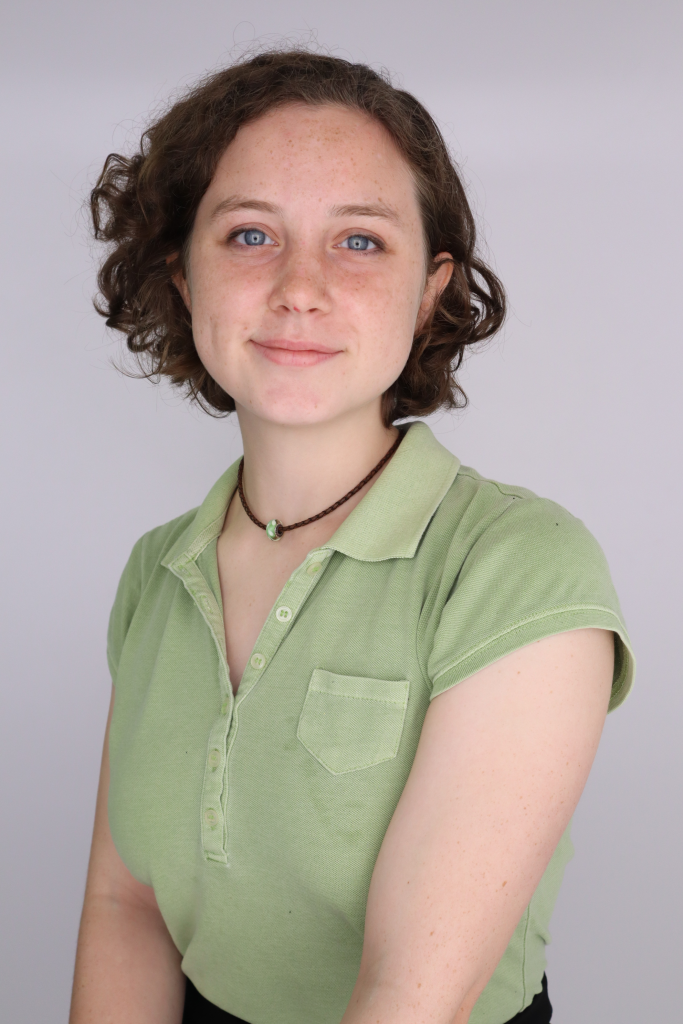
When we consider the scale of action necessary to address climate change, it’s clear that we need all hands on deck. But what does that really look like?
The often under-appreciated key component is workforce development. If we want buildings retrofitted with cleaner-running heat pumps, we need someone to install them. If we want electric plug-in vehicles to be widespread, we need someone to build their batteries and someone to upgrade the electric grid to handle all those charging cars. We need advocates to open up funding and administrators to run energy efficiency programs. We need to pull labor from every discipline together, with a special focus on the trades and manufacturing. What this all means is lots of new jobs — more than 1,000 in the Southern Tier clean energy sector — just missing the people to fill them.
Binghamton University needs to be better invested in promoting these jobs among members of the local community, as they are well posed to assist the development of the pipeline from community members to clean energy jobs.
In order to bolster that pipeline, local organizations and businesses came together on Sept. 27 to host the Greater Binghamton Clean Energy Careers Summit and Job Fair. The event was organized by a partnership of educational, governmental, nonprofit and community organizations led by the Tier Energy Network, Broome-Tioga Workforce New York and local nonprofit Network for a Sustainable Tomorrow (NeST) and their team of BU student interns and a student fellow.
Working along with New Energy New York, the University’s innovation and workforce-development program, SUNY Broome, Cornell Cooperative Extension, Southern Door Community Land Trust, Broome-Tioga Workforce and other local groups, the organizers of the fair had their eye on the prize of making clean energy jobs accessible to everyone — all skill and educational levels, socioeconomic backgrounds, identities, ages and abilities.
The event unfolded at the DoubleTree by Hilton Hotel in Downtown Binghamton, with the first half consisting of a summit on the current state and future trends of the clean energy sector. Panel discussions between a variety of leaders in the clean energy industry offered a kaleidoscope of perspective. Guest speakers including New York State Assemblywoman Donna Lupardo and New York State Sen. Lea Webb offered a spark of hope for growth in the Southern Tier. The summit wrapped up with brainstorming sessions on topics such as housing security, child care and immigration with relation to the labor force.
Following the summit was a job fair, drawing 30 companies and community organizations and nearly 190 participants. Local canvassing efforts as well as media and email outreach brought a range of job-seekers and their families to the fair.
A diversity of tablers were present, from the Raymond Corporation to The Insulation Man, and from the Sustainable Communities master program to Cornell Cooperative Extension. Local organizations and companies working in clean energy technology manufacturing, solar, energy efficiency, education, heating, ventilation, air conditioning (HVAC) and more talked to students, people looking to shift their career and parents with their kids in tow, eager to find a clean energy job.
Thanks to the organizing team’s outreach to local media outlets, the event caught the attention of Fox 40, WSKG, Central NY Business Journal and even made the front page of the Press and Sun Bulletin two days before the event. What was missing among the promotional efforts was the University. While the University included the event on their Instagram story series “This Week at Bing,” the level of outreach to students and faculty about the event left much to be desired — especially given the University’s demonstrated interest in clean energy and workforce development.
The University was the recipient of $113 million to bring to life a hub for battery and energy storage production in Endicott, which is key for the future of clean energy. The project comes with a workforce development program to boost local job growth.
Additionally, the Institute for Workforce Development Advancement in Research and Programming (iWARP) — led by the University’s current Vice Provost for Online and Innovation Education James Pitarresi — aims to bridge the gap between the manufacturing demands of the growing Southern Tier and the trained workforce it needs more of. The University has also committed to promoting sustainability and engaging students in climate activism.
Events like the Greater Binghamton Clean Energy Careers Summit and Job Fair create greater networking opportunities for environmental science, environmental studies and sustainable communities students and demonstrate positive student impact in community organizing efforts. These should be uplifted by the University.
With all the ways that these types of events align with the University’s clean energy and workforce development goals, the University should take a more active role in promoting them and clean energy careers in general. The University missed an opportunity to strengthen community ties and resiliency in Broome County’s clean energy sector. With so many bright minds passing through our halls, we need to make sure everyone has a chance to get onboard.
Note: The author is an intern at NeST. A complete list of organizing partners includes Broome-Tioga Workforce, Cornell Cooperative Extension of Broome County, SUNY Broome, Greater Binghamton Chamber of Commerce, Sustainable United Neighborhoods, Cornell Cooperative Extension Smart Energy Choices — Southern Tier, Broome-Tioga Board of Cooperative Educational Services, Southern Door Community Land Trust, Clean Energy Careers Southern Tier, Cornell Cooperative Extension Tioga County, Greater Binghamton Education Outreach Program, Better Buildings New York, Tier Energy Network, New Energy New York and Southern Tier 8.
Erin Zipman is a senior double-majoring in environmental studies and Spanish.


